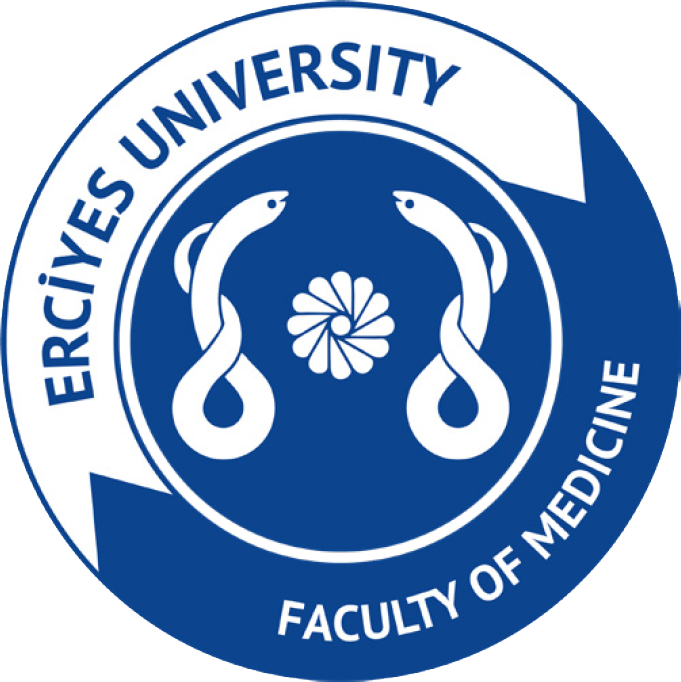2Department of the History of Medicine and Medical Ethics, Erciyes University Faculty of Medicine, Kayseri, Türkiye
3Medical School, NSU Kiran C. Patel College of Medicine, Davie, United States
Abstract
This historical review explores the development and significance of medical eponyms associated with tuberculosis between 1909 and 1942, highlighting their contribution to the diagnosis of the disease. During this period, 16 eponymous signs were described, including the well-known Brudzinski sign for tuberculous meningitis in children. Notable examples from radiographic studies include Stierlin sign for small bowel tuberculosis and the Fleischner ileocecal valve sign for ileocecal tuberculosis. Bedside physical examination findings also enriched clinical assessments, for instance, Schick’s expiratory wheezing in bronchial lymphadenopathy and Grossman’s displaced point of maximal impulse in dilated cardiomyopathy. Additional signs, such as Koeppe iris nodules observed during ophthalmologic exams and Helfe-Turner hip abnormalities identified in orthopedic evaluations, further expanded the clinical spectrum of tuberculosis manifestations. Early signs of the disease included Lorenz ankylosis of the thoracic and lumbar spine, Lombardi venous varicosities over the cervical and thoracic vertebrae, and the Lesieur-Privey finding of albumin in the sputum of pulmonary tuberculosis patients. Other relevant findings, such as Cattaneo’s percussion dullness below the fourth thoracic vertebra and Riviere’s dullness over the dorsal vertebrae, provided crucial diagnostic clues. Although some of these signs are no longer widely used, they underscore the enduring importance of physical examination in the diagnosis of tuberculosis. This review also includes brief biographical details of the individuals who identified these signs and advocates for integrating traditional clinical findings with modern radiographic techniques to improve diagnostic accuracy.


